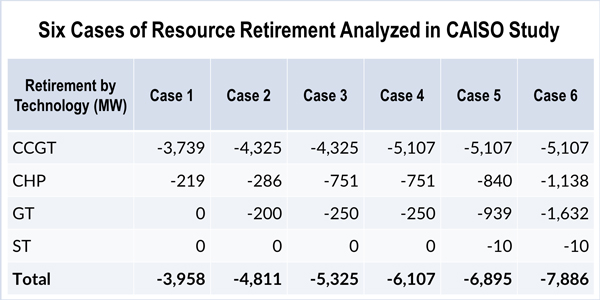By Jason Fordney
California faces a “severe shortage” of transmission capacity needed to tap potential New Mexico and Wyoming wind resources that would help the state meet its 50% renewable portfolio standard, CAISO said in a new study.
The findings regarding interregional transmission projects are supplements to CAISO’s 2016-2017 transmission plan, which was approved by the ISO’s Board of Governors last year. A second study released Jan. 5 looked at the impact of gas generator retirements scenarios, finding flexible capacity shortfalls at certain times.
The ISO assessed the feasibility of accessing 4,000 MW of wind from New Mexico and Wyoming to meet the 50% renewables goal and reached out to other Western planning regions to assess out-of-state portfolios. It said it had received feedback that its production cost simulations and power flow analyses do not fully capture the challenges of accessing out-of-state resources.

California needs more transmission capacity to fully access New Mexico and Wyoming wind power
The study was “a preliminary examination of transmission implications of meeting part of California’s 50% RPS requirement by assuming California’s procurement of 2,000 MW of wind resources in Wyoming and 2,000 MW of wind resources in New Mexico,” it said.
CAISO did not say whether the lack of transmission capacity would make the RPS goal unattainable. But wind energy interests are urging the ISO to explore additional transmission capacity to access low-cost regional wind resources, and the transmission projects included in the study represent billions of dollars in investment to serve California’s RPS.
The study is informational, CAISO said, and the results are not intended to direct interregional transmission, renewable generation development or policy direction.
The study looked at four large proposed transmission projects — TransWest Express, Southwest Intertie Project – North, Cross-Tie Transmission Line and Renewable Energy Express. It used two case studies based on two assumptions regarding resources and transmission.
Major transmission projects outside California have a large impact on grid operations, CAISO said. It noted that transmission constraints on a 230-kV network in southern Wyoming would have to be mitigated for California to realize the full benefit of the Western transmission system.
CAISO Studies Gas Retirements
In a second study on the risks of early retirement of uneconomic gas plants, CAISO said in some scenarios capacity shortages would occur in early evening, the new period of peak net load.
“Capacity issues start to emerge between 4,000 to 6,000 [MW] of retirement, considering some uncertainties in forecasts,” the study said.
CAISO studied six retirement scenarios of between 4,000 and 7,900 MW for four types of gas-fired technology. It found “unlimited renewable curtailment” is masking the need for flexible ramping capacity to meet morning and afternoon demand ramps.

| CAISO
Large amounts of renewable generation on the grid “is also putting economic pressure on the existing gas-fired generation fleet, especially for those generators not obtaining resource adequacy contracts.”
CAISO produces its transmission plan each year to assess system limitations and needed reliability improvements. As part of the 2017-2018 plan, the ISO examined proposed system improvements in the Moorpark area, where it is increasingly unlikely that NRG Energy will build the Puente natural gas power plant. (See NRG Signals Pull-out on Proposed Puente Plant.) The review is needed because of the expected retirement of up to 2,000 MW of generation, CAISO said in a Jan. 11 presentation. Comments on the analysis are due Jan. 18.


